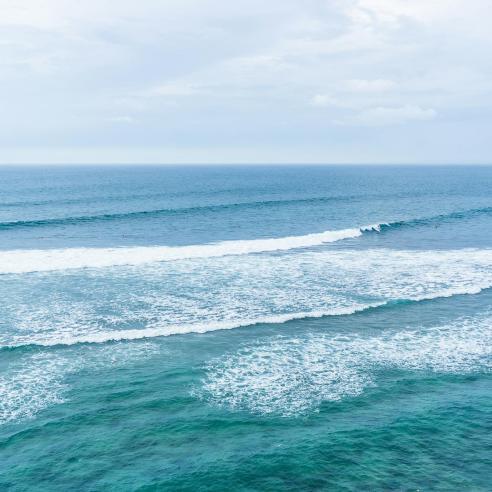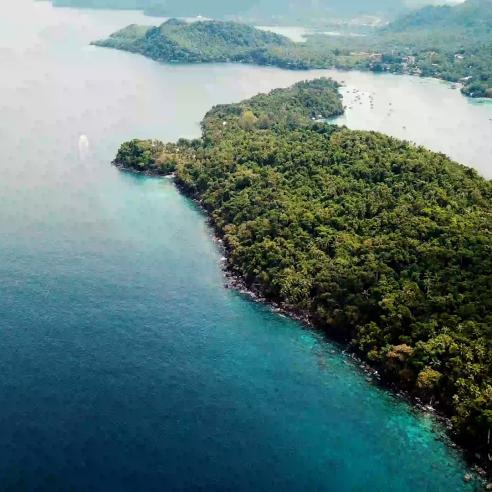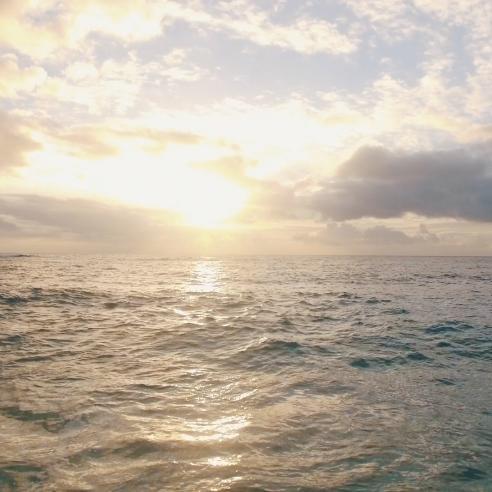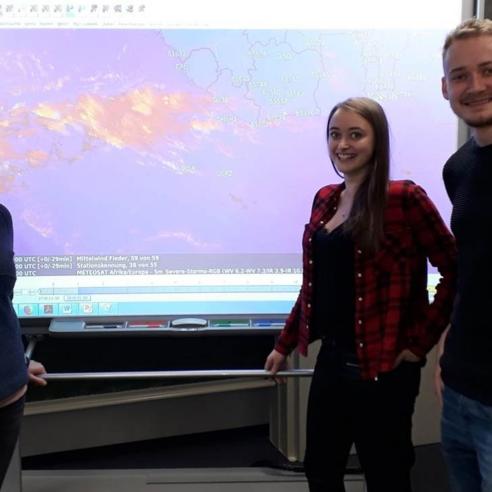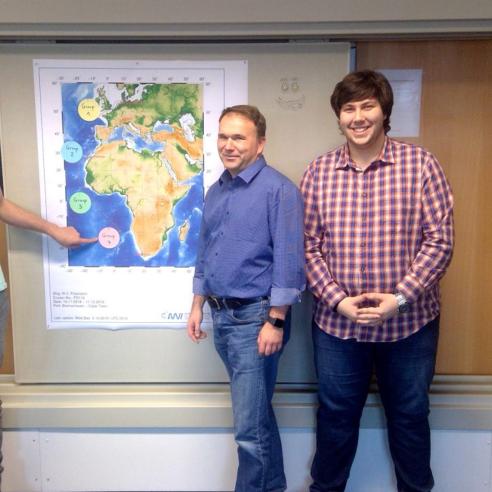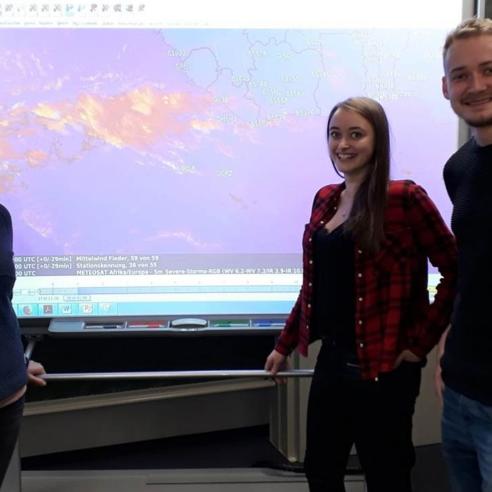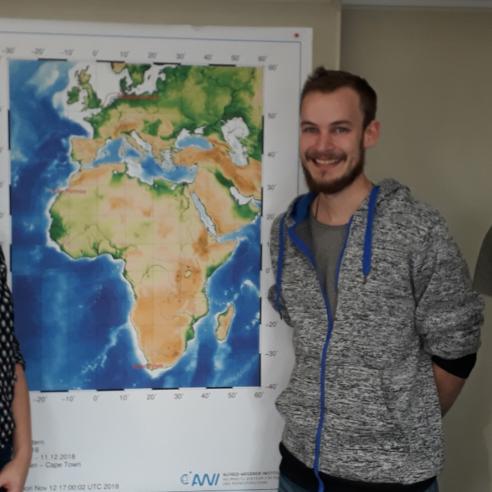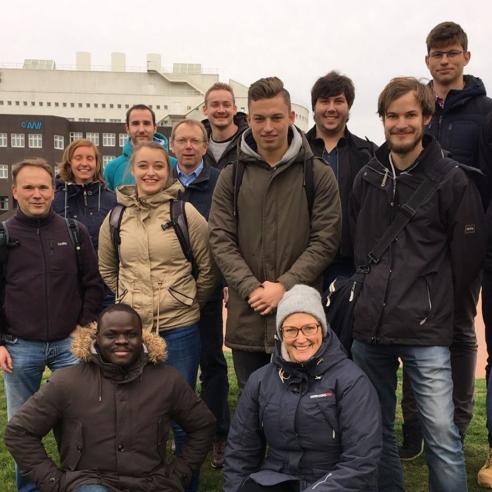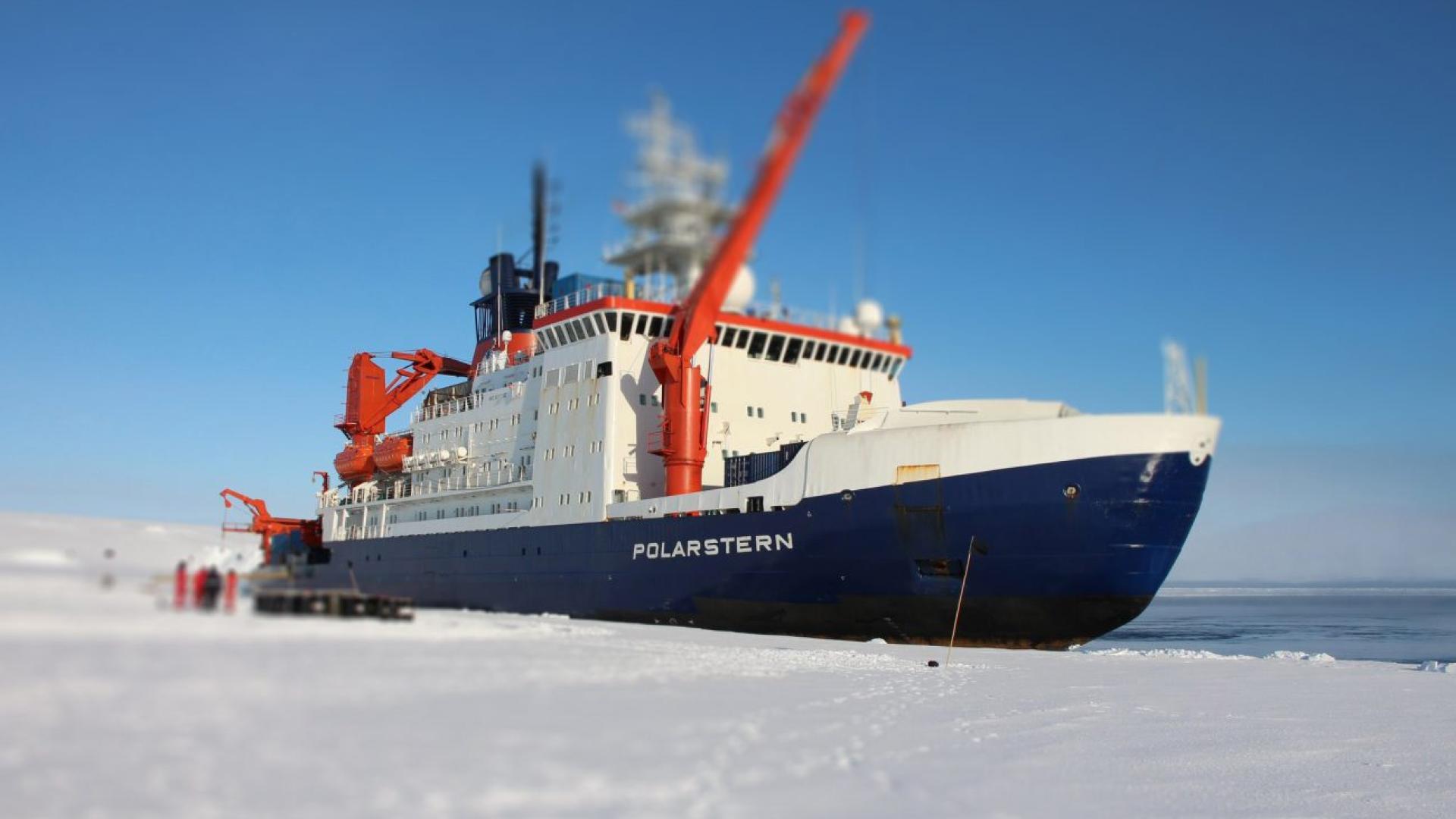
No plain sailing on this voyage of discovery
Sharing impressions of life on board the Polarstern.

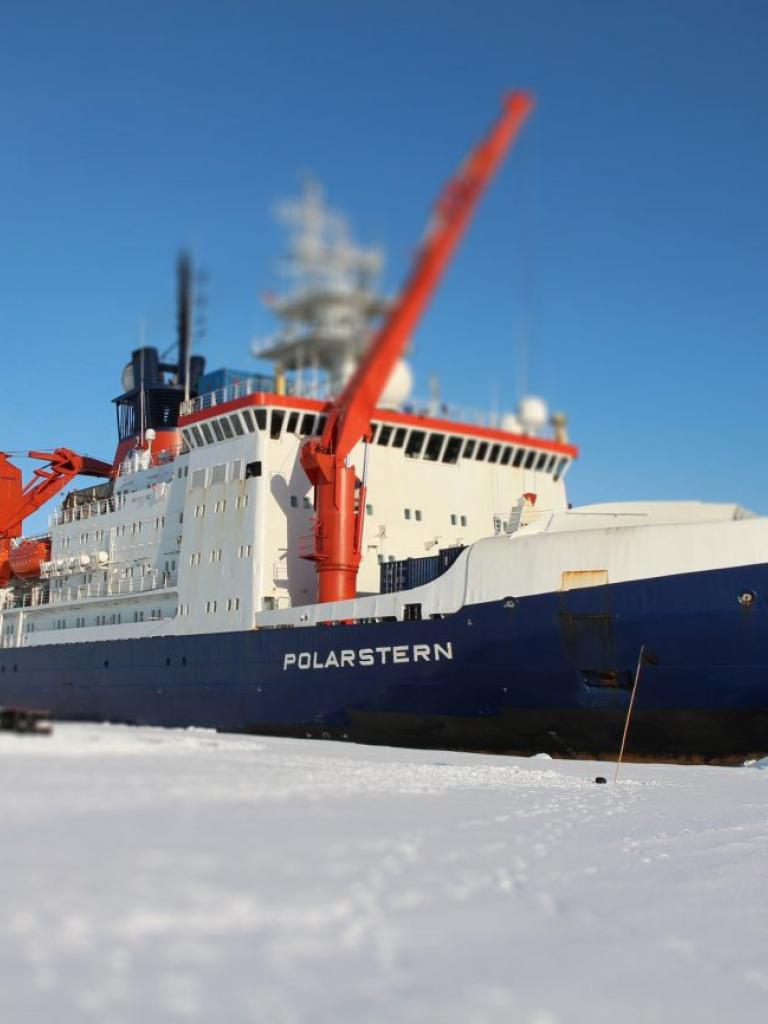
If you would like to experience a sea voyage from southern Chile to northern Germany on a research vessel demonstrating the importance of meteorological satellites to maritime safety – but the risk of seasickness isn’t your thing – stay tuned!
11 March 2021
16 March 2017
EUMETSAT, the (DWD, the German meteorological service) and the Alfred Wegener Institute (AWI) have teamed up to make this possible.
Dr Oliver Sievers of the DWD is a forecaster specialising in sea-surface and wave models and ship-route forecasts who will blog for us from aboard the AWI’s Polarstern on her 30-day voyage from Punta Arenas, Chile, to Bremerhaven, Germany, from 21 March. Dr Sievers will discuss how important accurate weather forecasts are for those on the ship. Also on board will be a weather forecaster and a technician.
Sharing impressions
“I will keep very close to them to see and describe how the weather forecasting is done, how the weather observations are done and what are the tasks for the people on board,” Dr Sievers said.

“This is a very new thing for me. Living on board a ship will be new for me.
“I’m looking forward to meeting many interesting people and I hope that we can have a lot of interesting chats about science on board.
“I’m also looking forward to getting many new impressions. I’m going to a part of the world that I don’t know yet but, of course, it will be hard to be separated from my family for such a long time.”
Plain sailing? No thanks!
One of Dr Sievers’ hopes for this trip probably wouldn’t be shared by many people about to embark on a five-week sea voyage.
“I hope we don’t have five weeks of all good weather,” he said. “Then all I would have is images of blue skies and flat seas. That would be boring.
“I am really curious about what is going to happen.”
“On-site” training
Satellite data and imagery play a particularly important role in helping to provide accurate weather forecasts for seafarers because other types of observations are unavailable.

Dr Sievers’ impressions and experiences on the voyage will be used for training meteorologists and scientists.
“Accurate weather forecasts for ship routing are very important for maritime safety,” Dr Sievers said. “It’s very important to train forecasters on maritime forecasts.
“Normally, the training is on a theoretical basis, sitting in a classroom or in front of a computer, listening to the teacher. I think training is much more intensive if you have practical, on-site training.
“I hope to be able to inspire people about how important weather is on the sea and that they are fascinated by the atmosphere at sea.”
Read about it here
You can read all of Dr Sievers blog articles below, ordered by date.
About the Polarstern
The Polarstern is one of the world’s most advanced polar research ships and is the flagship of the Alfred Wegener Institute (AWI) Helmholtz Centre for Polar and Marine Research.
Each year, she covers the equivalent of two trips around the Equator but normally spends from November to March in the Antarctic and the northern summer in the Arctic on research missions.
The Polarstern boasts nine scientific labs and can accommodate a crew of up to 44, as well as up to 55 researchers.

About Punta Arenas
Dr Sievers’ trip takes him to two very different cities which share a common feature – their importance to seafaring. Punta Arenas is the southernmost continental city in the world, with a population of about 110,000. Just north of the Strait of Magellan, Punta Arenas is a major gateway to the Antarctic and an important port for tourism, fishing, scientific researchers and the transportation of goods. A very windy city, Punta Arenas has a subpolar oceanic climate.
About Bremerhaven
Bremerhaven is located at the mouth of the Weser River and is the fourth-largest port in Europe. The city has a population of about 108,000 people. With a temperate maritime climate, Bremerhaven receives, on average, almost twice as much rain each year (742mm) as Punta Arenas. In addition to its crucial trading role, Bremerhaven hosts a sailing convention every five years, attracting tall ships from all over the world. More than 270 vessels took part in the most recent Sail Bremerhaven event in 2015.
Feature Image: Polarstern / Credit: Stefanie Arndt, AWI
Produced in association with:


